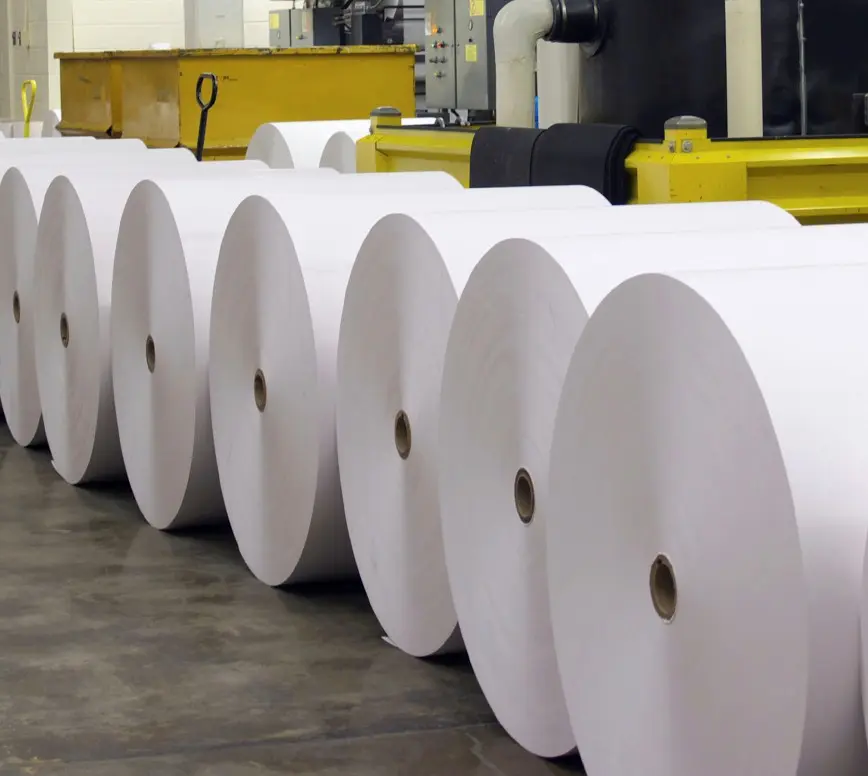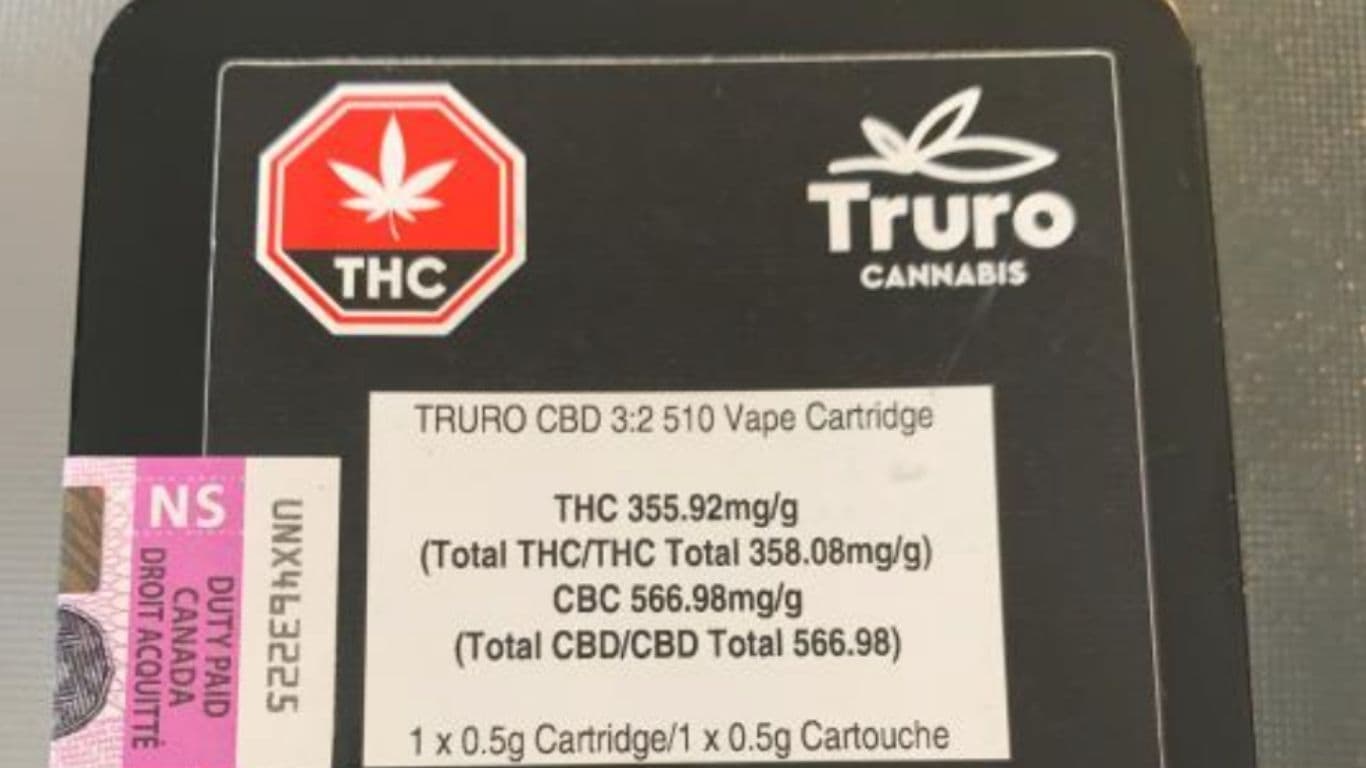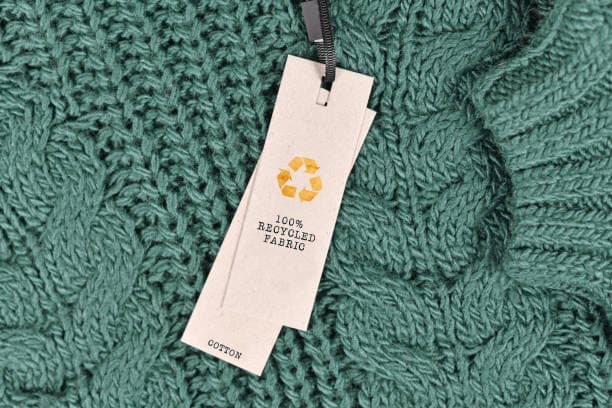Tyvek is a truly remarkable material, having been employed in a vast variety of roles over the past 40 years, and prized for its durability and strength.
Tyvek Paper Rolls are a derived product from the original Tyvek, and are misleadingly named. Though superficially similar to paper, Tyvek is a completely synthetic material. It is actually made of spundbound Olefin fibers, each between 0.5-10 µm in width, which are compressed and heated in order to bond them together. This construction technique gives Tyvek its great strength, and also makes it totally waterproof.
What are Tyvek Paper Rolls Made From?#
Tyvek “Paper Rolls” are made of the same fibers. When people refer to “Tyvek Paper”, they generally mean a material which is actually called “Tyvek Hard Structure”. Like all the materials in the Tyvek family, this material is tough, durable, and completely waterproof.
That said, Tyvek Hard Structure does look and feel remarkably similar to paper, whilst avoiding some of the failings of paper in industrial, commercial, and creative applications. Tyvek Hard Structure has a smooth, slick surface, and a very low coefficient of friction.
Unlike paper, however, Tyvek is waterproof. Not only this, but when wet it remains strong and durable, unlike paper.
In addition, Tyvek is easy to cut and fold, making it an ideal substitute for paper when durability and strength are required. It is also lighter than paper, making it easy to transport and store.
Tyvek, in fact, combines all the best characteristics of paper, film, and fabric into one material. Whilst most other materials offer either water resistance or breath-ability, Tyvek offers both. Tyvek is lightweight, flexible, smooth, particulate free, opaque, and resistant to water, rot, mildew, chemicals, abrasion, and aging. Tyvek has a high strength-to-weight ratio and is pH 7 (neutral). Made from 100% high-density polyethylene fibers, Tyvek is manufactured in a unique flash-spinning process without the use of binders. It is also recyclable.
Limitations#
All this said, Tyvek Paper Rolls have some limitations. One of these is that the material is extremely slippery. Whilst in many applications this is actually a benefit, Tyvek Paper should not be used in situations where it will be walked upon, as using it in these situations can lead to slips and falls.
Further, Tyvek paper should not be used near heat or flames. The synthetic materials it is made from are liable to melt in these conditions, and constitute a fire risk.
Lastly, Tyvek Hard Structure is not suitable for printing. Though technology designed to print on Tyvek is advancing quickly, at present it is not possible to print on Tyvek “Paper Rolls”. This does not mean, however, that printing on Tyvek material itself is not possible – many of the other materials in the Tyvek range can be successfully printed on, and any good commercial Tyvek printer will be able to do so.
In short, if you are looking for durable, waterproof material that combines all the best characteristics of paper, film, and fabric, Tyvek paper rolls are a great option.


